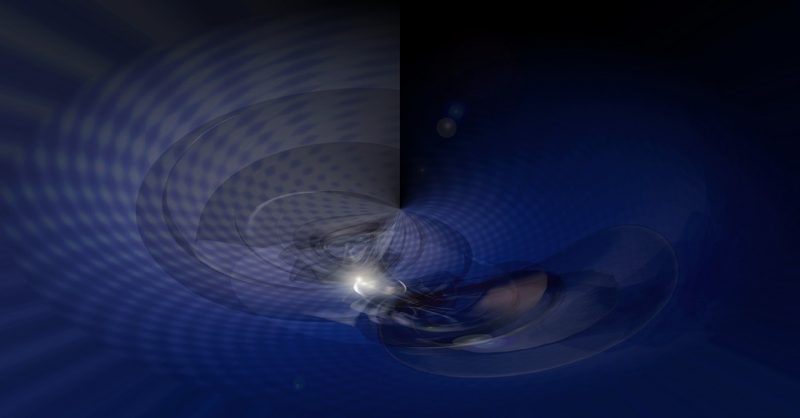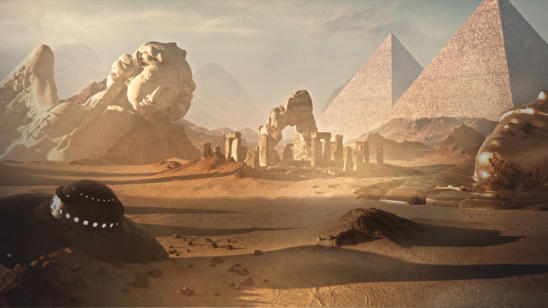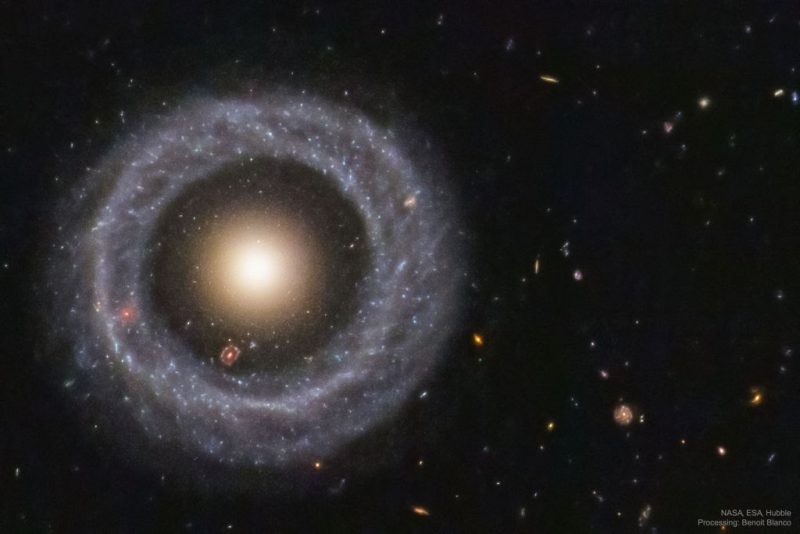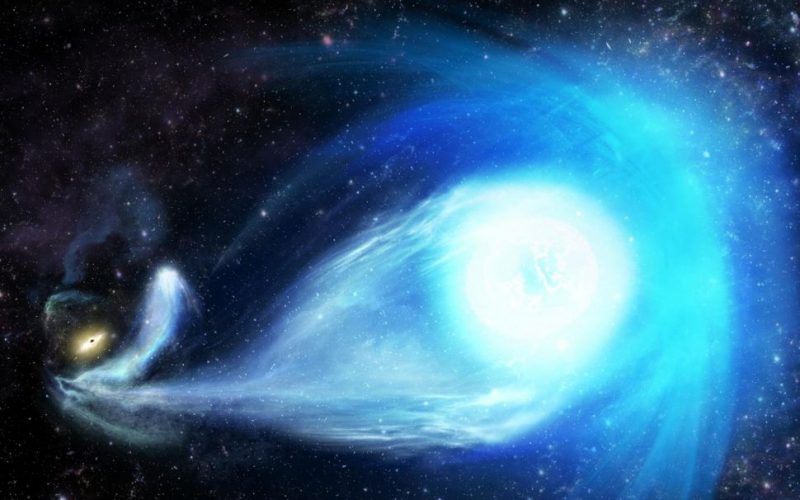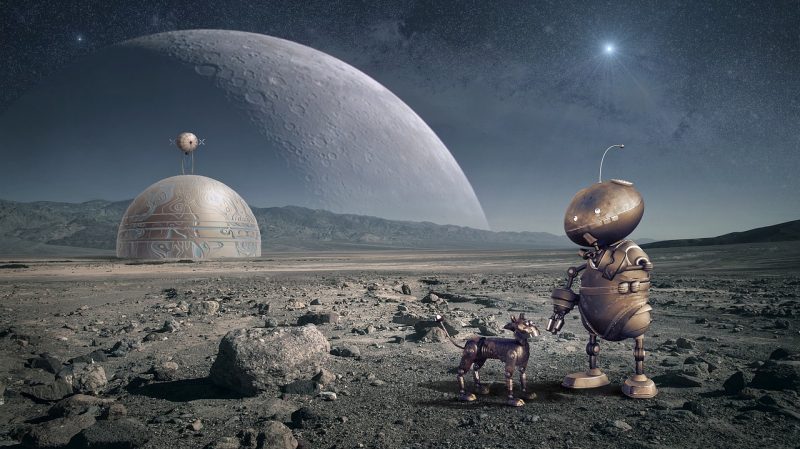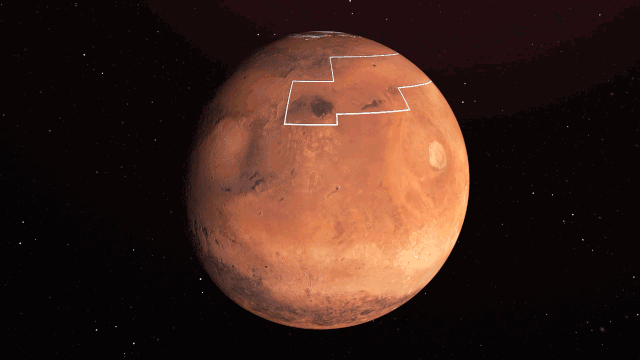SPACE: Is the Universe Filled With Cobwebs?
What if I told you that our universe was flooded with hundreds of kinds of nearly invisible particles and that, long ago, these particles formed a network of universe-spanning strings? It sounds both trippy and awesome, but it’s actually a prediction of string theory, our best (but frustratingly incomplete) attempt at a theory of everything. These bizarre, albeit hypothetical, little particles are known as axions, and if they can be found, that would mean we all live in a vast “axiverse.” The best part of this theory is that it’s not just some physicist’s armchair hypothesis, with no possibility of … Read more



